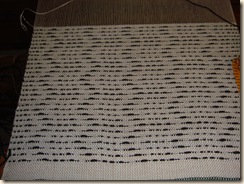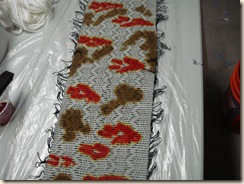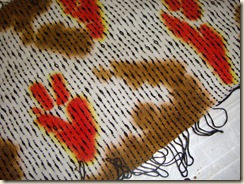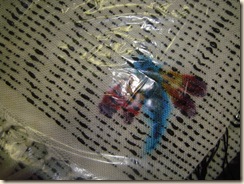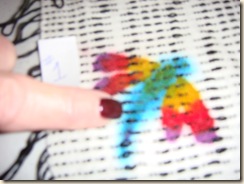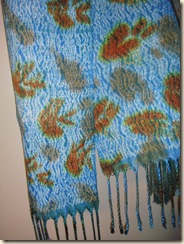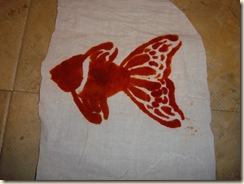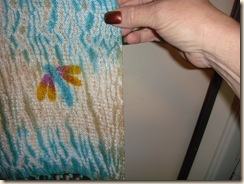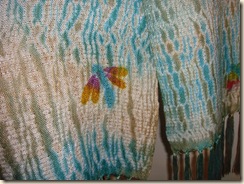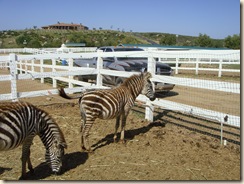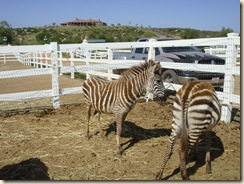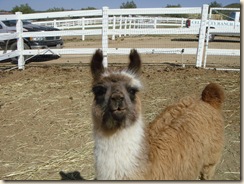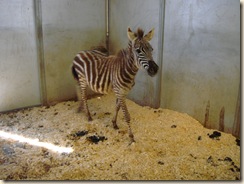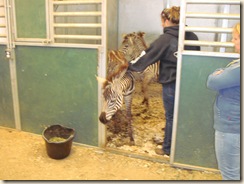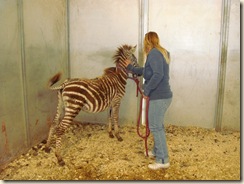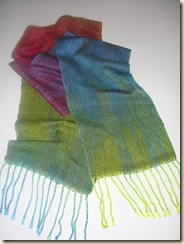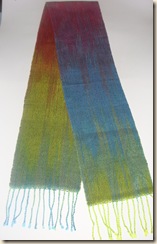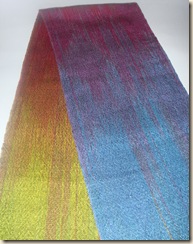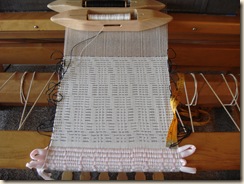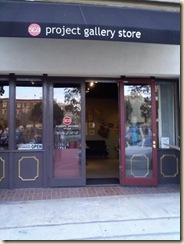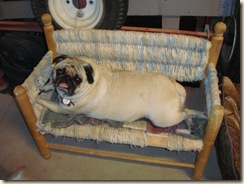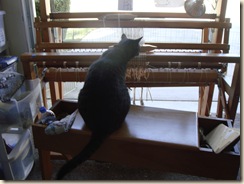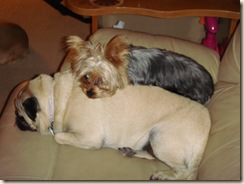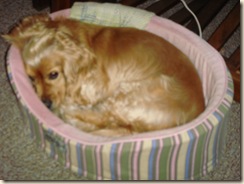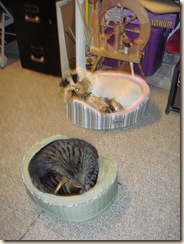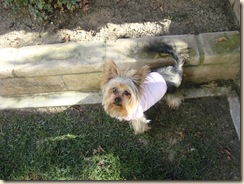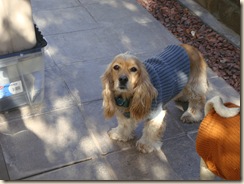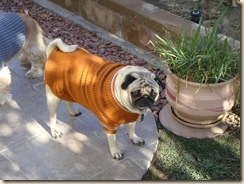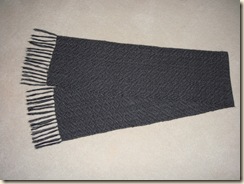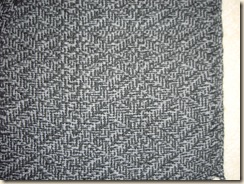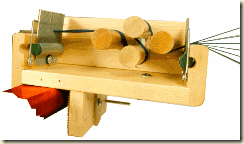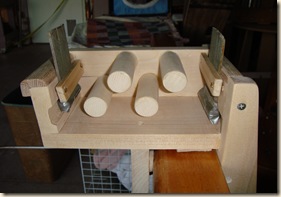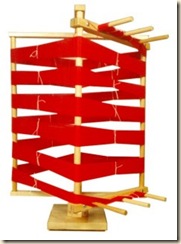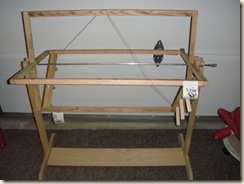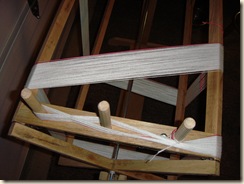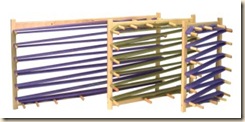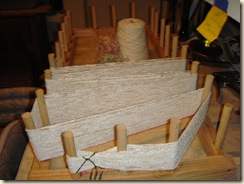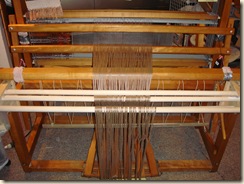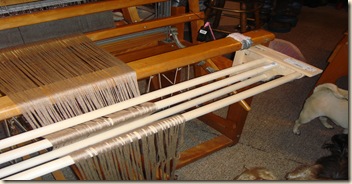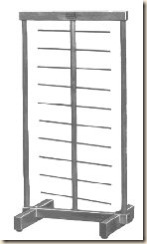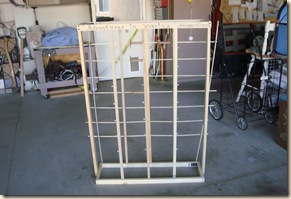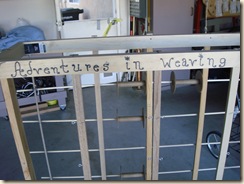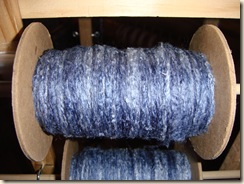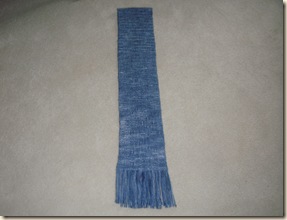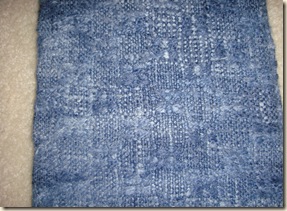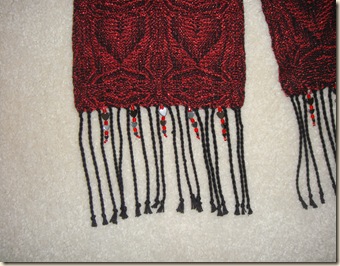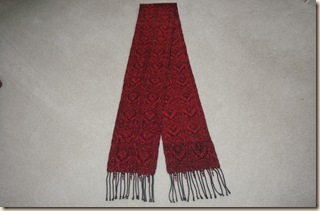The Shibori scarves are woven and it is now time to experiment with dying.
My inspiration for this scarf came from the Koi pond my Dad made for my Mom. I used a tangerine color for the abstract fish shapes and camel for the rock shapes. I used a blooming leaf overshot for the resist.
The next step I will gather the resist threads and direct dye a aqua marine and peacock color to represent water. Fingers crossed.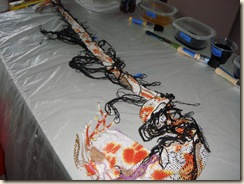
This is what it looks like as it is being gathered.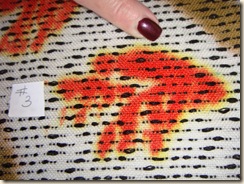
One of the problems I ran into is a halo of color after dyeing. I think it is due to not mixing the dye enough. However, I really like the way it looks so now I will say that I wanted it like that hehehehe.
The next scarf I wanted to try using the thicken dyes I made last month just to see if they still worked. I also wanted to see if I could use a stencil with the thicken dye. here is what resulted from this experiment.
I used a dragonfly stencil
You can see in this blurry picture that I used Cayman Isle green thickened but not as thick as the rest of the colors and a running color resulted. The other colors left a somewhat sharp edge.
The inspiration for this scarf I found while walking near a creek . I was looking at the water and saw the reflection of Dragonflies dancing close to the surface of the water. The next step is to create the water surface and the reflection of green from the nearby trees.
More on this after I finish!!!
Okay , so I have finished the scarves.
They turned out pretty but, I want to take what I learned form doing theses and improve my design. What I will change is the size of the fish and the amount of fish. Also, I made a stencil that I will use next time along with thicker dyes. Here is what the stencil looks like.
The next scarf looks like this
One of the things I learned from this scarf was how important the thickness of the dye is when using stencils. The body of the Dragonfly ran a little because it was not thick enough.
